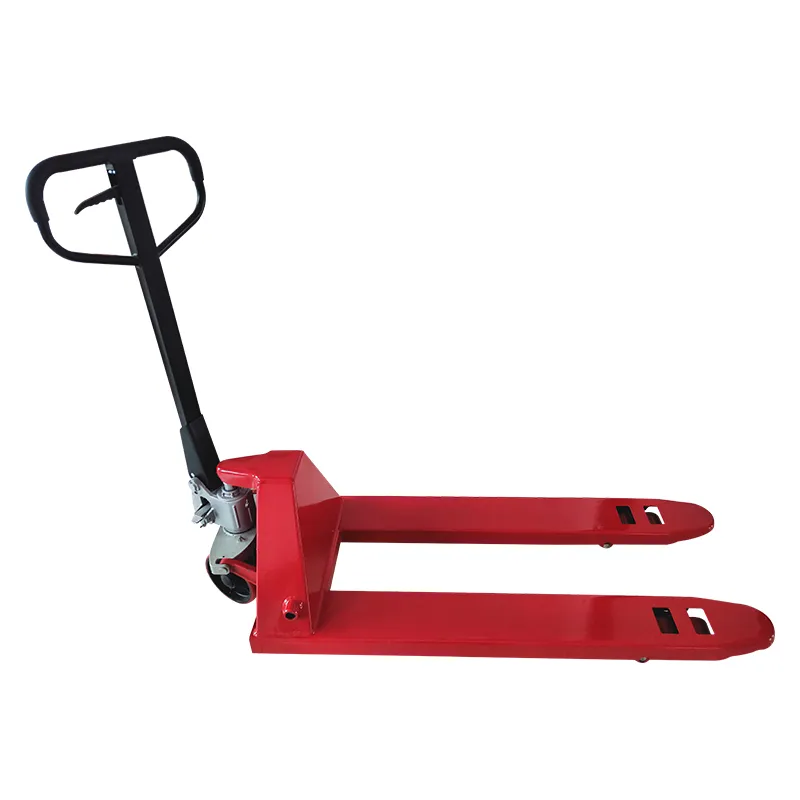


Understanding Chain Hoist Operation A Comprehensive Guide
Chain hoists are essential tools in various industries, including construction, manufacturing, and warehousing. These devices are designed to lift, lower, and move heavy loads with ease, making them invaluable for improving productivity and ensuring safety. This article aims to provide a comprehensive overview of chain hoist operation, highlighting its components, uses, and safety precautions.
A chain hoist typically consists of several key components the hoist body, the lifting chain, the hook, and the load limiter. The hoist body houses the motor and gear system, which converts the motor's rotation into lifting motion. The lifting chain passes through the hoist body and is connected to the hook, which attaches to the load. The load limiter serves to prevent overloading, ensuring that the hoist operates within its safe limits.
Operating a chain hoist is a straightforward process, but it requires attention to detail and adherence to safety protocols. Before operation, it's crucial to inspect the hoist for any signs of wear or damage. Look for frayed chains, cracked hooks, or any unusual noises during testing. Once the inspection is complete, the operator can attach the load securely to the hook, ensuring that it is balanced and stable.

When raising the load, the operator will typically use a hand chain or an electric motor to lift it off the ground. For manual chain hoists, pulling on the hand chain activates the gears, which lift the load. In contrast, electric chain hoists use a power source to drive the lifting mechanism, allowing for a more efficient and less physically demanding operation. It's essential to raise the load slowly and steadily to maintain control and stability during the lift.
Lowering the load also requires caution. The operator should release the load slowly to prevent sudden drops, which could cause injury or damage. Always keep a clear area around the hoist when operating to avoid accidents, and never exceed the weight limit as specified by the manufacturer.
Safety is paramount when operating a chain hoist. Operators should wear appropriate personal protective equipment (PPE), including hard hats, gloves, and steel-toed boots. Additionally, proper training in the use of the hoist and understanding load dynamics can minimize the risk of accidents. It's also advisable to have a signal person present to guide the load's movement, especially in crowded or busy environments.
In conclusion, chain hoists are powerful tools that enhance efficiency in lifting heavy loads. Proper knowledge of their operation and strict adherence to safety practices can significantly reduce the risk of workplace accidents. By understanding the essential components, operational procedures, and safety measures, operators can effectively utilize chain hoists to meet their lifting needs while ensuring a safe working environment. Whether in a construction site or a manufacturing facility, mastering chain hoist operation is crucial for successful operations.



